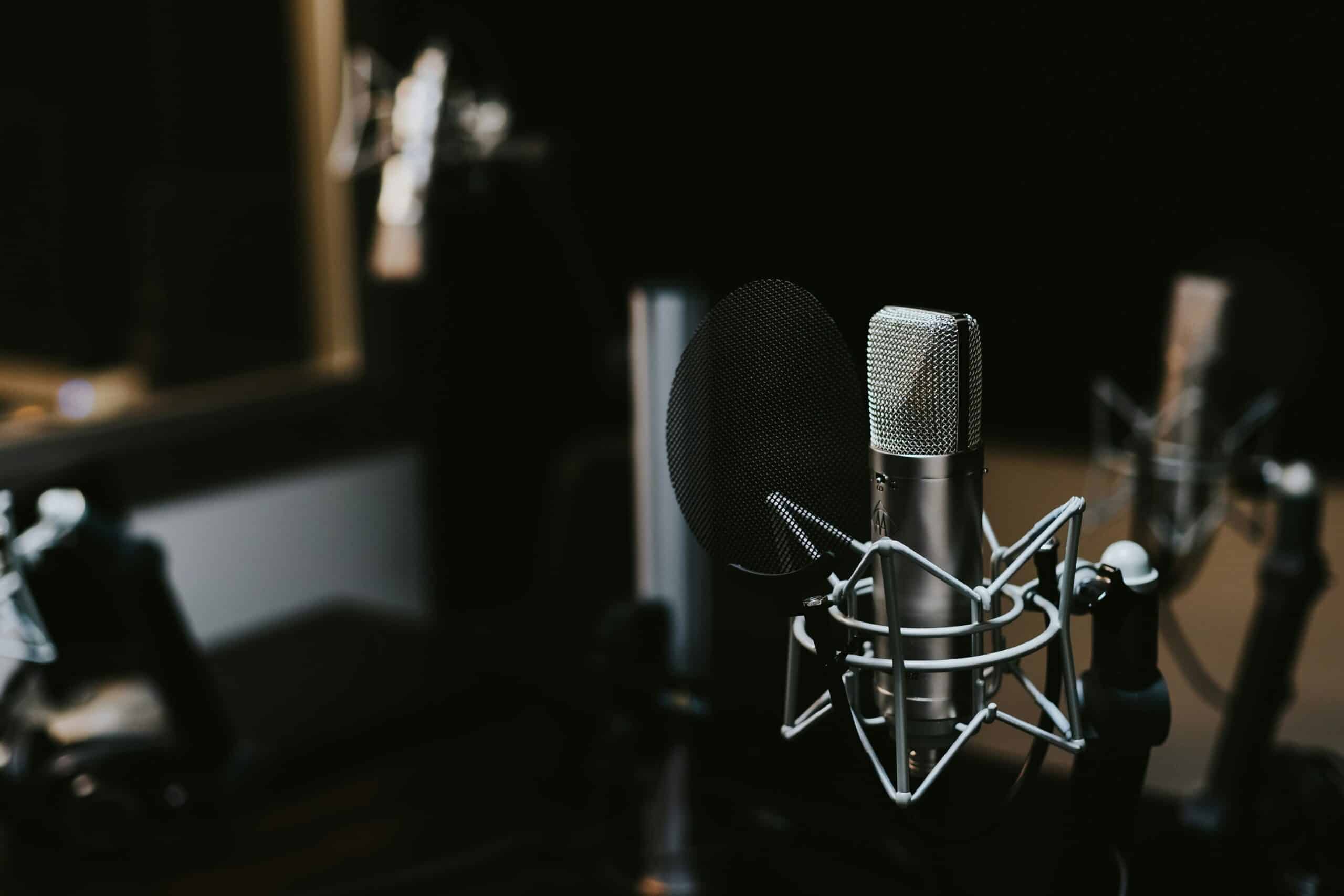This week we are still in Tasmania up the north of the state visiting Westbury. Our first stop for the day is a Pearns Steam World. We spend some talking with Robert who is the secretary, tune in to hear the story and whats to see.
In the 1950’s the Pearn Brothers, Jack, Verdun and Zenith realized that the introduction of new machinery and combustion engine tractors meant the passing of an era. So they started collecting steam traction engines and machinery to save Tasmanian agricultural history for the future. The collection dates back to the late 1800s and contains many items of State, national and international Significance.
In 2001 the Pearn Brothers donated their collection in trust to the local community. The museum is run solely by volunteers with all profits returned for the restoration of the collection and ongoing improvements. Pearn’s Steam World collection comprises more than 200 major items – easily the largest collection in the southern hemisphere.
https://steamworld.com.au/


We now head to Sheffield to the SteamFest. This is a great event which is on every year to take a trip back in time to view the old steam traction engines and old world charm.
Phill chats with Brian the Bullock Man, he he demonstrates the bullocks going back in time with them moving large items. Brian has been working with these animals for 25 years. The bullocks weigh approx 1 tonne and around 5 years old. Brian starts training the beasts from young animals and the 5 year old ones have been in training them that long. Slowly working with them.

Our next stop is back in NSW where we stop at Cobar and visit the Great Cobar Museum. We stop by and chat with Sam and she takes us through the history of Cobar and also what is there to see at the museum. Tune in to hear some of the history of Cobar.
A person born in Cobar: So-and-so is an iron ringer. An iron ringer is in the iron ring which can never be broken.
The Iron ringer was used in the town Cobar to differentiate between people claiming to be local due to the transient nature of the town population, the only iron ringers were the ones born and bred in Cobar.
In 1911, Cobar was Australia’s leading producer of copper while gold and silver were found at nearby mines. The richness of these mines is matched by the richness of Cobar’s history, all of which can be explored at the Great Cobar Heritage Centre.
The Great Cobar Museum, completed in 1912, was originally the administration offices of the Great Cobar Copper Mine. The beautiful building is a fitting place for the display of Cobar’s history, having been not only part of a great mining operation but also having spent time divided into flats, as a derelict ‘haunted house’, and boarding house before becoming the museum.
In 2021, the exhibitions were completely redesigned and renewed and the building had conservation works that reveal its original layout in all its glory. Cobar is particularly proud that it is the home of the Royal Far West Health Scheme, which still operates today. A restored Baby Health Clinic railway carriage is part of the extensive outdoor displays.
Cobar is on the crossway of two major highways, the Barrier and the Kidman Way. No matter in which direction you are travelling, don’t miss the chance to stop awhile and soak up some of the history and atmosphere of this very special place.

